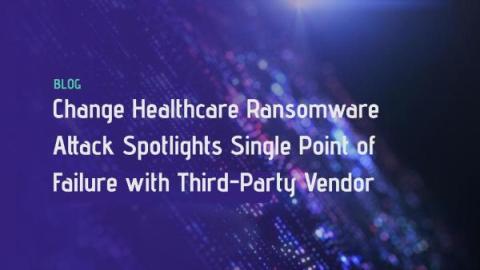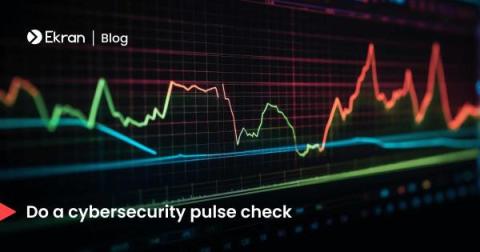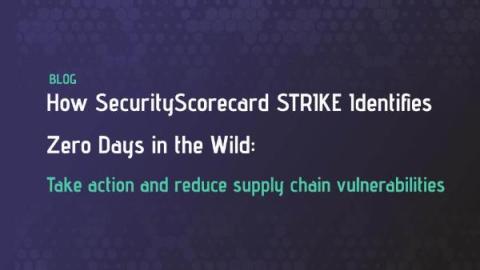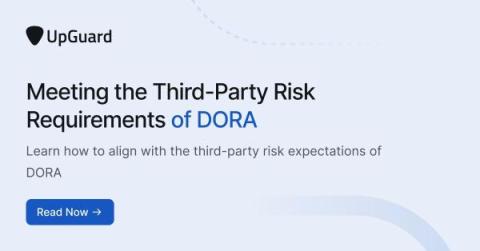Change Healthcare Ransomware Attack Spotlights Single Point of Failure with Third-Party Vendor
The ongoing cyberattack on Change Healthcare, a major player in medical claims processing in the United States, had profound repercussions across the healthcare sector. With the company forced to disconnect over 100 systems, medical claims processing ground to a halt. This disruption, termed by the president and chief executive of the American Hospital Association as “the most serious incident of its kind” in healthcare, brought many medical providers to the brink of closure.










